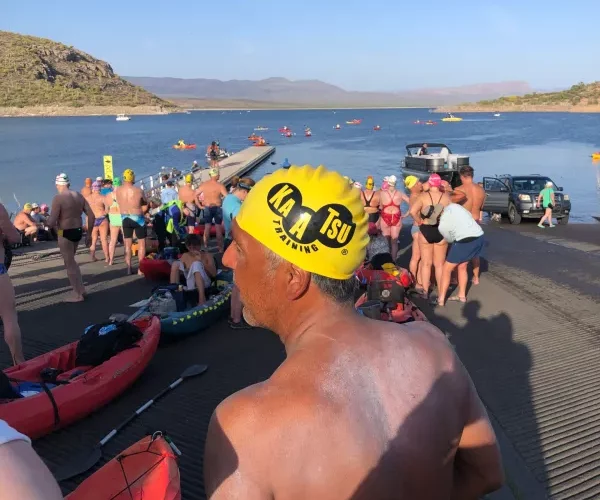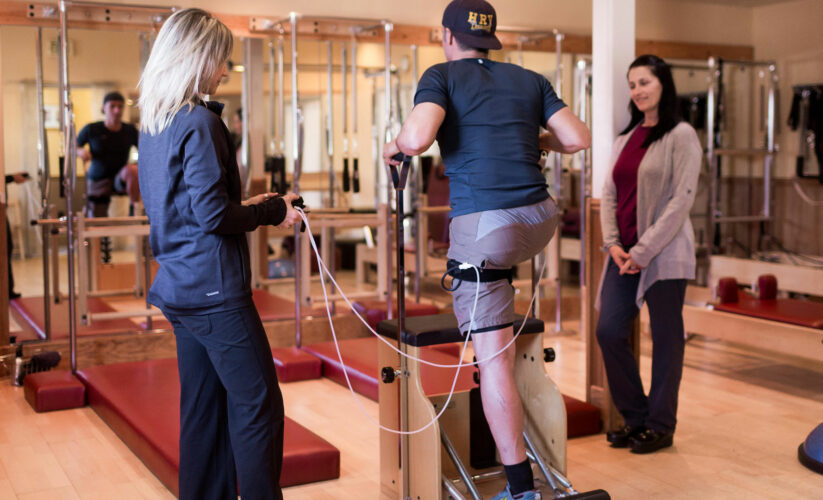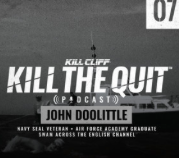
Deep Dive Into KAATSU Training With Steven Munatones
After a severe heart attack in 2016, Steven Munatones was in a coma for a week. They lowered his body temperature in hopes of preserving function but set expectations with his family that he may have severe neurological damage.
This was part of Steve’s Marathon Swim Story that he shared with us in February of 2021. He also discussed his recovery, use of KAATSU, and return to swimming. Be sure to check it out if you haven’t heard it already!
Today Steve tells us how taking kids to swim in the ocean during the pandemic inspired him to seek out an open water swimming challenge, which led him to SCAR, where he walked away with the coveted belt buckle.
I love how Steve, THE open water ambassador, shares the imposter syndrome that so many of us, myself included, feel at pre race dinners.
It’s a great reminder that we are all human.
I hope you enjoy today’s deep dive into SCAR 2022 with Steve Munatones.





